Overview
Kathmandu BernHardt College (KBC) is a Tribhuvan University–affiliated college in Bafal, Kathmandu. It runs programs in Information Technology, Management, and Social Sciences: BSc CSIT, BCA, BBM, BBS, BASW, and MBS.
The college began operations in the early 2000s (2060 B.S.) and has grown into a multi-faculty college with a steady intake in each program. Public materials indicate Quality Assurance and Accreditation (QAA) recognition during 2020, and subsequent years have seen continued emphasis on structured teaching, lab practice, and regular assessment. The college footprint is described at around 6.74 ropani, with teaching blocks and student spaces that support day-to-day academic work.
KBC’s stated approach is straightforward: align with each TU curricular framework, run a predictable yearly calendar, and maintain practical exposure through labs, projects, and field tasks where relevant.
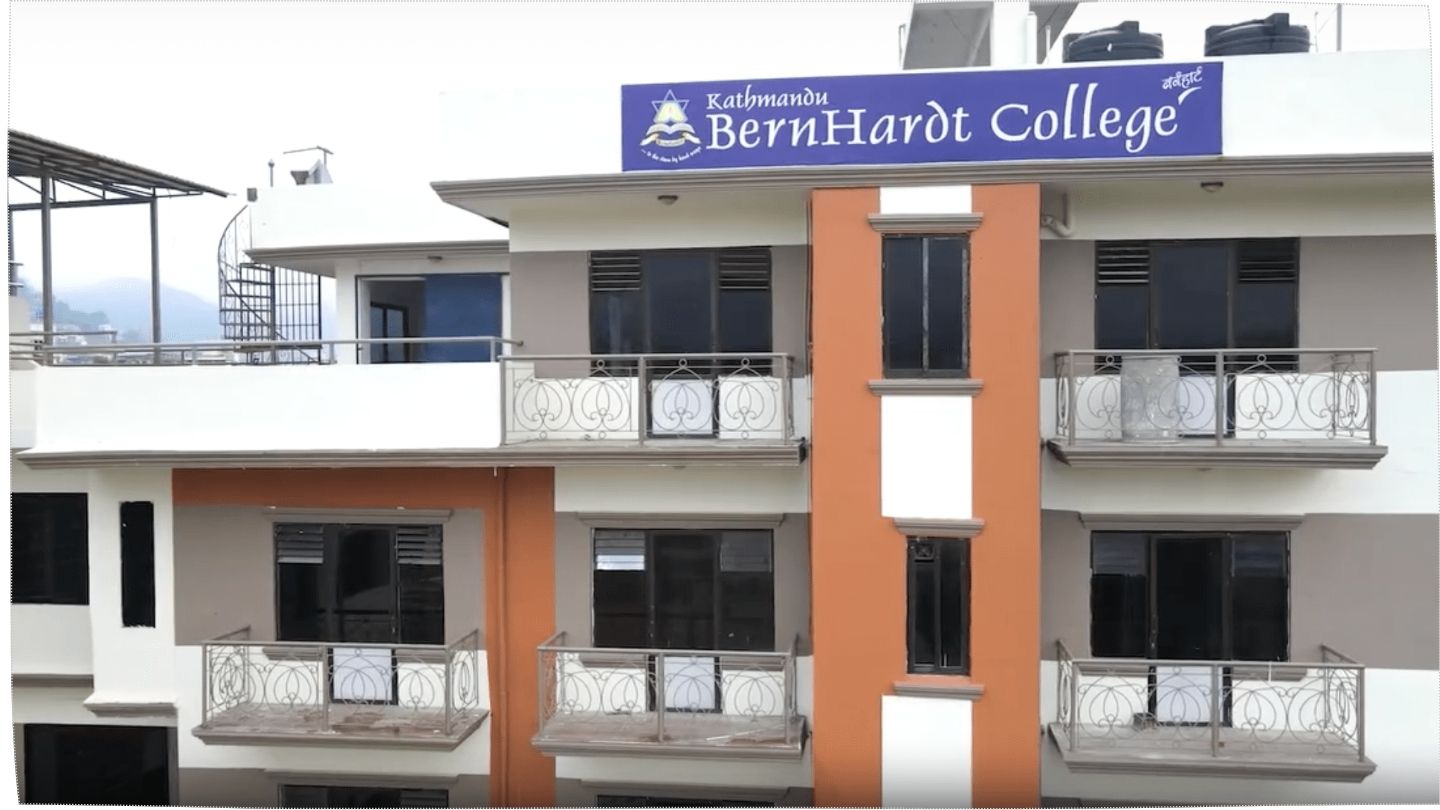
Quick Highlights
-
Affiliation: Tribhuvan University (IoST, FoHSS, FoM)
-
Programs: BSc CSIT, BCA, BBM, BBS, BASW, MBS
-
Location: Bafal (Ring Road corridor), Kathmandu
-
Academic Calendar: TU-aligned entrance cycles; orientation and class starts as per annual schedules
-
Teaching Features: Course mapping, frequent tests, practical sessions, project work, guided feedback
-
Facilities: Classrooms with projection, computer and digital labs, seminar hall, library, rooftop cafeteria, elevators, open areas, and basement parking
-
college Size: Approximately 6.74 ropani (as shared in college materials)
-
Student Support: Counseling, skills workshops, placement guidance, basic writing and research support
-
Activities: Hackathons, sports (basketball, table tennis, karate), academic clubs and presentations
-
Quality Note: College communications indicate QAA recognition during 2020
Academic Programs Offered
BSc CSIT (Bachelor of Science in Computer Science and Information Technology)
Aim and Study Focus
BSc CSIT merges core computer science with applied information technology. Students progress from programming, data structures, and discrete mathematics to operating systems, database systems, computer networks, software engineering, and security. The syllabus also introduces probability and statistics, numerical methods, simulation, and selected topics in graphics or AI. Elective choices allow exposure to areas such as cloud concepts, mobile app development, data mining concepts, or GIS tools depending on the intake year and resource availability.
Duration and Credits
The program runs for four years across eight semesters, totaling around 126 credit hours under TU’s IoST structure. Course load is spread to balance theory, lab practice, and mini-projects. Later semesters allocate time for a capstone project and, where applicable, internship or industry exposure.
Learning Experience at KBC
KBC emphasizes lab-centric practice. Core subjects are paired with practical sessions that ask students to code, test, and document results in short cycles. Faculty use projector-based delivery for concept illustrations and keep sessions tight to maintain pace with semester plans. Internal assessments include unit tests, class assignments, and viva-style checks to track individual progress. Academic excursions—such as short visits to tech events—are organized when relevant and feasible.
Graduate Pathways
Typical entry roles include software developer, backend or frontend programmer, QA engineer, systems analyst, network or database administrator, and IT officer in public or private organizations. Many graduates later pursue master’s studies in computing, data-oriented programs, or management degrees, depending on interest and performance.
BCA (Bachelor of Computer Applications)
Aim and Study Focus
BCA serves students who want a broad application-oriented path in computing. It covers programming, data structures, database management, networking basics, operating systems, and web technologies. As students advance, they take project courses that frame analysis, planning, development, and deployment of small applications. Depending on yearly offerings, electives may include data visualization concepts, introductory machine learning ideas, IoT basics, or GIS tools, always within the limits of TU’s BCA framework.
Duration and Credits
The BCA program runs for four years across eight semesters, usually summing to 126 credits within TU’s FoHSS structure. Projects I–III or similar stages guide students to build a portfolio of work that shows problem framing, coding practice, teamwork, and documentation.
Learning Experience at KBC
Instruction combines lectures with hands-on labs. Students often work in pairs or small groups to write and debug code, compare results, and present short demos. Faculty encourage versioned submissions and code comments that show how logic improved over time. Assessment includes quizzes, assignments, internal tests, and the evaluation of project artifacts and presentations.
Graduate Pathways
Graduates seek roles as web developers, mobile app developers, junior system administrators, database assistants, or support engineers. Some move toward analytics or UI/UX after additional coursework. Others join postgraduate programs such as MCA, MIT, or management degrees, depending on career plans.
BBM (Bachelor of Business Management)
Aim and Study Focus
BBM prepares students for structured roles in business and services. The plan includes foundation courses (economics for managers, business mathematics, statistics), functional areas (accounting, finance, marketing, operations), people and organizations (OB/HRM), and decision-support components (MIS/DBMS for managers, business research methods). Electives allow focus in banking and financial services, investment, service operations, event management, labor relations, or negotiation skills.
Program Structure
Across eight semesters, students move from core ideas to applications such as case analysis, report writing, and presentations. A project or internship in later semesters helps translate classroom learning into work-oriented tasks. TU’s FoM framework typically requires a CMAT-based entry route; the college supports test preparation guidance and counseling so students know what the test checks and how the seat process works each year.
Learning Experience at KBC
BBM classes include discussion of local business cases, basic spreadsheet analysis, and group tasks that clarify concepts like cash flow, cost behavior, market segmentation, and service quality. Written submissions matter: students learn to write a short brief, summarize a case, and defend key points in a concise way. Workshops on CV writing, interviews, and presentation skills are conducted in cycles aligned with the academic calendar.
Graduate Pathways
Graduates pursue roles in administration, banking, insurance, sales coordination, customer relations, operations support, and junior analyst positions. Many continue to MBA or specialized master’s programs after gaining initial work experience.
BBS (Bachelor of Business Studies)
Aim and Study Focus
BBS offers a steady four-year management education under TU’s annual system. The plan includes core subjects in accounting, finance, marketing, and business environment, along with organizational behavior and human resource studies. In later years, students can develop depth in functional areas through specialization papers.
Learning Experience at KBC
KBC emphasizes small steps: unit tests, practical worksheets, and short reports that help students build a regular study rhythm. Basic accounting bootcamps and writing support address common gaps early in the year. Sessions on interview practice and workplace conduct are arranged to prepare students for internships and first jobs.
Graduate Pathways
Common roles include accounting assistant, admin officer, sales executive, bank trainee, or operations associate. Some graduates start small ventures; others prepare for civil service exams or pursue master’s degrees in management areas.
BASW (Bachelor of Arts in Social Work)
Aim and Study Focus
BASW combines classroom learning with fieldwork. Students study social theories, psychology, sociology, social policy, and research methods, then apply these ideas in community settings. Field placements are a core component. Learners practice observation, interviewing, needs assessment, case notes, and reflection, guided by supervisors who track progress against planned outcomes.
Learning Experience at KBC
Seminars and guest sessions feature practitioners from NGOs, local bodies, or social organizations. Students prepare short literature reviews, design simple tools (checklists or interview guides), and write structured reports. Ethical conduct, data privacy, and respect for community participants are emphasized at every stage.
Graduate Pathways
Graduates seek roles in development organizations, community programs, schools, and local government projects. Some join positions in documentation or monitoring and evaluation after additional training. Many continue with master’s studies in social work, sociology, psychology, gender studies, or public administration.
MBS (Master of Business Studies)
Aim and Study Focus
MBS is a two-year, four-semester program under TU’s FoM. The plan usually covers strategic management, managerial communication, business environment in Nepal, quantitative analysis, operations, HRM, financial management, marketing decisions, and research methods. Students choose a specialization area—finance, marketing, accountancy, or general management—and complete either a thesis or two seminar papers depending on cohort rules for that session.
Learning Experience at KBC
Learners work on case studies drawn from Nepali firms, public organizations, or regional markets. The college runs presentation cycles where students defend a brief, compare policy options, and propose data sources suited to the theme. Writing quality matters: proposals, literature scans, and final reports are checked for clarity, structure, and citation discipline.
Graduate Pathways
Graduates typically enter mid-level roles in finance, accounting, marketing, and operations, or sit for competitive selection in banks and service firms. Some move into teaching roles after meeting university requirements; others start or scale ventures with a focus on budgeting, compliance, and customer service.
Admission Process
1) Initial Inquiry and Counseling
Prospective students or parents can contact the college office to clarify eligibility, entrance schedules, document checklists, and fee structures for each program. Counseling sessions help match a student’s background with program demands—for example, mathematics preparation for BSc CSIT, or business math for BBM.
2) Application Form and Documents
A standard set of documents is usually required: recent photographs, a copy of citizenship or passport (as applicable), SEE and +2 transcripts/gradesheets, character certificate, and migration certificate for those changing boards. For master’s applicants, bachelor’s transcripts and related letters are needed. Where seats are limited, applicants should submit early to avoid last-minute issues.
3) Entrance or Screening (Program-Specific)
-
BSc CSIT: TU IoST entrance (subject-based test).
-
BCA: TU FoHSS admission process with entrance as per TU rules.
-
BBM: TU FoM CMAT model.
-
BBS, BASW, MBS: Follow TU policies; some intakes may involve interviews or internal screening.
Applicants should confirm the current year’s notice for exact dates, test components, and pass marks.
4) Selection, Fee Formalities, and Orientation
After meeting criteria, selected candidates complete fee formalities per college notice. Orientation outlines semester calendars, attendance rules, internal assessment schedules, library use, lab policies, and academic integrity.
5) For Lateral or Transfer Cases
If a student seeks transfer from another institution within TU rules, the college will review capacity, course equivalence, and documentation. Only cases that meet TU policies and seat availability progress to approval.
Teaching Faculty and Learning Methodology
Faculty Composition
KBC reports a team of several dozen academic staff supported by administrative personnel. Subject teachers handle lectures, labs, and tutorials. Program coordinators monitor the course map each term and post schedules for internal tests.
Classroom Rhythm
A typical week blends lectures with lab or discussion sections. Short quizzes or oral checks keep the pace even and reveal where students need more practice. Many sessions include brief board work or live coding to clarify tough points.
Assessment and Feedback
Internal tests, assignments, lab reports, and project milestones are spaced across the term. Instructors provide feedback on clarity of code, argument structure, and citation practice. Students receive pointers on how to correct recurring issues—such as missing steps in a derivation, weak variable names in code, or incomplete references.
Research and Writing
Across programs, students learn to frame a question, choose data sources allowed in the assignment, and present conclusions with clear structure. The college encourages ethical research practices and frowns on shortcut behavior. Rewriting for clarity is a repeated habit in seminars and project defenses.
Infrastructure and Learning Facilities

Classrooms and Seminar Hall
Teaching rooms include projection equipment and whiteboards for step-wise explanation. The seminar hall hosts talks, panel events, and student presentations. Seating and acoustics support group work as well as formal sessions.
Computer and Digital Labs
Labs are configured for programming, networking basics, and database practice. Students access course software under faculty supervision. Lab policies explain usage hours, data storage rules, and how to request support during busy weeks.
Library and Study Areas
The library maintains course texts, reference titles, and a quiet reading space. Students can request new titles through a suggestion process. Librarians orient new intakes on catalog use, borrowing rules, and how to avoid common citation errors.
Cafeteria, Elevators, and Common Spaces
A rooftop cafeteria serves as a social and study meeting point. Elevators assist access within teaching blocks. Open areas support short breaks, and a basement parking area helps with daily logistics.
College Footprint
Public materials place the college size at roughly 6.74 ropani combining owned, leased, or rented spaces. The compact layout helps students move quickly between classes, labs, and the library during tight daily schedules.

Student Life and college Experience
Peer Networks
Students often form small study groups to prepare for tests or build project pieces together. Seniors brief juniors on routines—how to structure a lap report, how to split roles in a business case, and how to prepare for viva questions. This peer culture reduces anxiety around first-year transitions.
Skill Workshops
Writing, presentations, spreadsheet basics, and interview practice appear across the calendar. In management streams, short sessions on budgeting and simple financial models are common. In IT streams, code review etiquette and documentation are emphasized.
Well-Being and Study Habits
Teachers encourage regular study blocks rather than last-minute sprints. Attendance, punctuality, and assignment discipline are treated as professional habits. Staff remind students to flag issues early—whether academic or personal—so adjustments can be considered within policy limits.
Community Links
For BASW and selected projects in other programs, the college coordinates with local organizations for visits and field tasks. Students learn how to set expectations with hosts and how to write neutral, precise documentation.
Extracurricular Activities (ECA)
Technology and Creativity
Hackathons and mini-build sessions let IT students test ideas quickly. Short showcases at the end of a cycle motivate clean demos and concise explanations. Creative clubs may run poster days or portfolio walls to share work.
Sports and Wellness
Basketball, table tennis, and karate are among the activities that run seasonally or on club schedules. Teams practice regularly and hold friendly matches with nearby colleges when the calendar allows. The goal is steady participation rather than one-off events.
Clubs and Volunteering
Clubs organize talks, book circles, and small social projects. Volunteers help with logistics on orientation days, exam seating, or events that bring guest speakers to college. These activities build confidence in public speaking and event planning.
Scholarships and Financial Support
KBC invites applicants to ask for current scholarship rules during admission counseling. Typical categories seen across many TU-affiliated colleges include:
-
Merit-Based: Entrance rank or board exam performance
-
Need-Sensitive: Documentation-based support for families with limited income
-
Special Provisions: As per national guidelines for women, marginalized communities, or remote districts where applicable
-
Renewal Criteria: Semester/annual performance, attendance, and conduct
Because scholarships vary by year and intake capacity, the college usually publishes or communicates a written notice with the exact percentage ranges, the number of seats under each category, and the renewal rules. Applicants should keep a copy of the notice for their records.
Achievements and Institutional Milestones
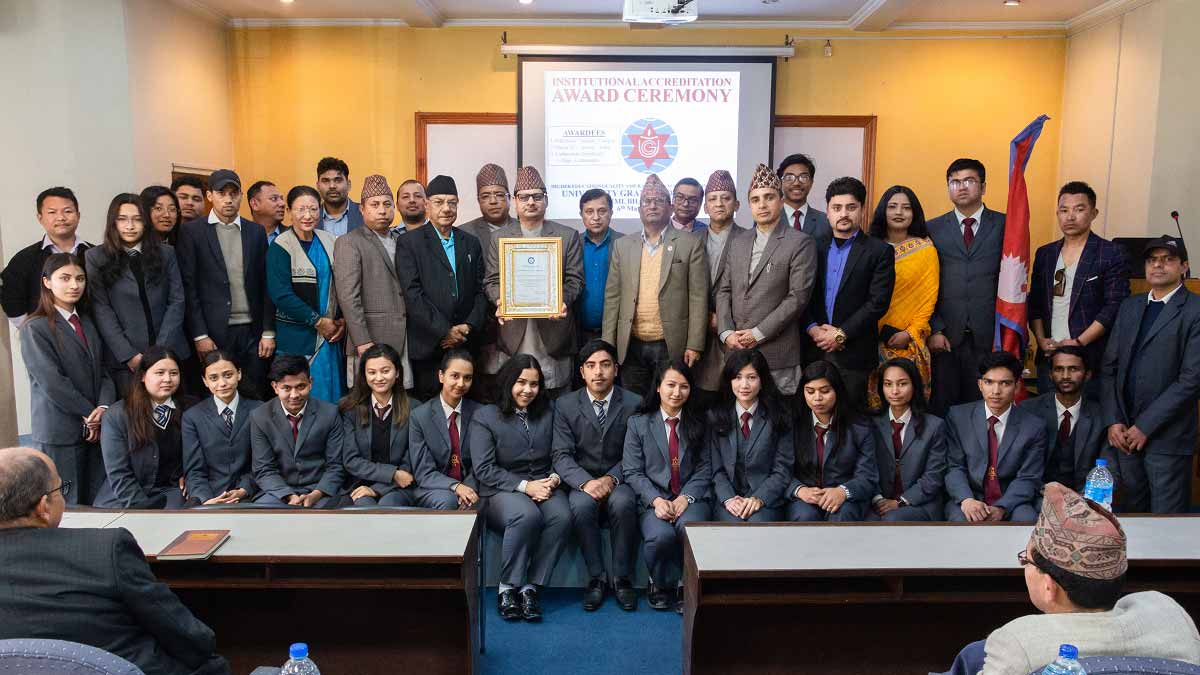
Quality Assurance Note
College communications indicate QAA recognition in 2020, following the University Grants Commission’s process. This status signals that the college underwent external review against national guidelines for quality assurance in higher education.
Awards and Student Outcomes
Over the years, the college has reported acknowledgments from national bodies and industry forums, as well as strong outcomes in selected board examinations. Student activity in competitions—coding events, sports meets, and idea challenges—has been a recurring theme. Readers planning to apply can ask the office for year-wise data to see exact dates, titles, and references.
Program Growth and Facilities
The expansion from a single-stream college to multiple faculties (IoST, FoHSS, FoM) stands out. With labs, a seminar hall, and organized student spaces, the college has aimed to support both daily study and co-curricular work. This growth is visible in the steady intake across BSc CSIT, BCA, BBM, BBS, BASW, and MBS.
Why Choose Kathmandu BernHardt College?
-
TU Alignment: All programs follow the Tribhuvan University structures and assessment policies
-
Predictable Study Rhythm: Class schedules, internal tests, and project milestones are planned at the start of each term
-
Practice-Oriented Learning: Labs, fieldwork, or projects appear in IT, social work, and management tracks
-
Writing and Presentation Support: Regular tasks build communication skills that matter at work
-
Accessible college Setup: Teaching rooms, labs, and study spaces sit within a compact footprint
-
Balanced Student Life: Clubs, hackathons, and sports promote steady participation and teamwork
-
Counseling and Guidance: Intake counseling, progress checks, and placement orientation occur across the year
Message from college Leadership
College leadership underscores a culture that values safe learning spaces, consistent academic standards, and cooperation among students, teachers, and families. The message emphasizes personal responsibility, careful use of time, and steady work habits. Learners are encouraged to ask for help early, keep commitments, and treat each assignment as practice for professional conduct. The guiding idea is simple: if many small steps are handled well—attendance, punctuality, drafts, and feedback—big goals become manageable.
Conclusion
Kathmandu BernHardt College offers clear TU-aligned pathways in IT, Management, and Social Sciences. The study experience is built on routine: class preparation, lab or field practice, internal tests, and timely feedback. Students who prefer structure—short assignments, visible milestones, and a steady calendar—often find this approach helpful.
Frequently Asked Questions (FAQs)
1) Which TU faculties does KBC work with?
IoST for BSc CSIT, FoHSS for BCA and BASW, and FoM for BBM, BBS, and MBS.
2) What are the main differences between BSc CSIT and BCA at KBC?
BSc CSIT centers on computer science foundations with deeper math and systems courses. BCA leans toward application development and practical builds. Both programs include projects and labs, but the depth of theory is higher in BSc CSIT.
3) Does BBM require CMAT every year?
TU FoM’s policy uses the CMAT model for BBM entry. Applicants should confirm the current cycle’s dates and steps in the official notice.
4) What support exists for writing and presentations?
Workshops appear at intervals: academic writing basics, short research notes, case summaries, CV and interview practice, and project presentations.
5) Are there fieldwork components in BASW?
Yes. BASW includes community placements, observation, and report writing under supervision. Students learn documentation methods and ethical practice.
6) Can BBS graduates switch to a specialized master’s later?
Yes. Many BBS graduates pursue MBS or other management master’s degrees after gaining experience. The program builds a base in accounting, finance, marketing, and organizational studies.
7) What is the usual structure of the MBS final stage?
Students complete specialization papers and either a thesis or two seminar papers, depending on cohort rules announced for that session.
8) Does KBC share seat matrices and scholarship ranges publicly?
Seat matrices and scholarship details are typically released close to the intake. Applicants should request the written notice for the current year to see exact figures and renewal rules.
9) What documents are needed for admission?
SEE and +2 transcripts, character and migration certificates (as applicable), photographs, a copy of citizenship or passport, and any program-specific forms listed in the notice. Master’s applicants include bachelor’s transcripts.
10) Is there support for placements?
The college offers counseling, skill sessions, and coordination with organizations that host interns or trainees. Students should keep a personal portfolio—reports, code repositories, or case summaries—to present to prospective hosts.
Contact Kathmandu Bernhardt College's administrative office for detailed information on the course, admissions, location, fees, scholarships, facilities, counseling, or eligibility.
Contact Address
Location: Bafal, Kathmandu, Nepal
Phone: +977-1-5237330, +977-1-5237361
Email: ktmbernhardt@kbc.edu.np
Website: www.kbc.edu.np



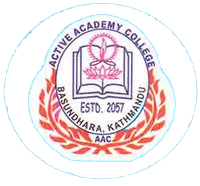


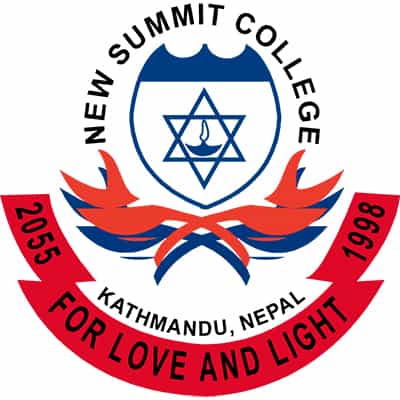



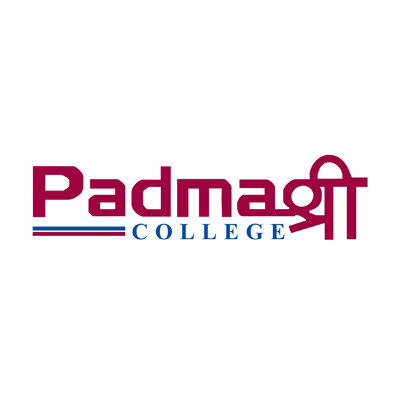
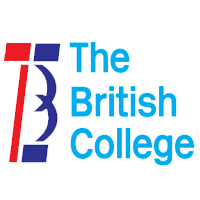
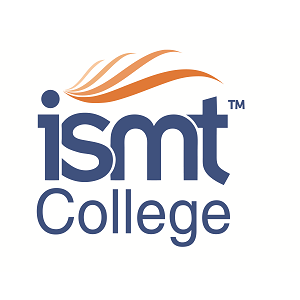

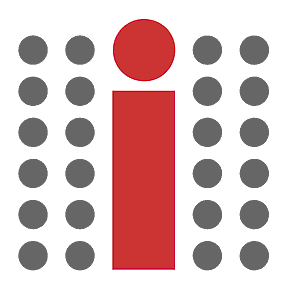




You need to login to comment.